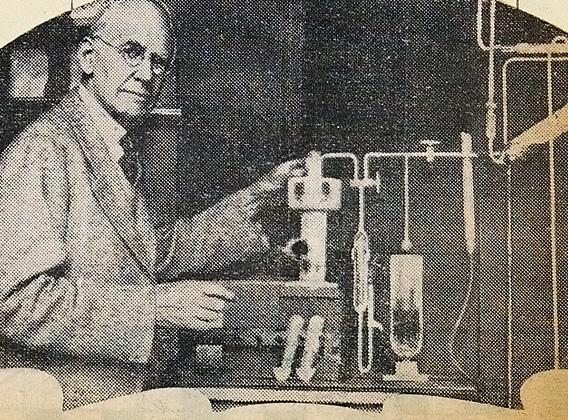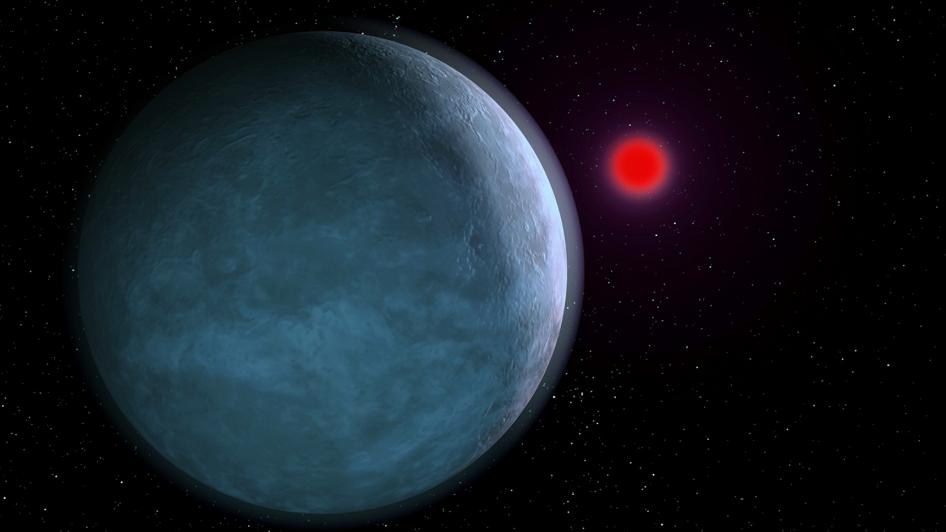Today is the birthday of, Morris Travers
(24 January 1872 – 25 August 1961)

Morris William Travers, the founding director of the Indian Institute of Science, was an English chemist who worked with Sir William Ramsay in the discovery of xenon, neon and krypton.
 In 1901-1902 William Ramsay had been asked to advise the Indian government on the founding of a science institute and the institute was established in Bangalore with the help of the Government of Mysore and JN Tata. Ramsay suggested Travers as a possible director for this institute and in 1906, Travers was appointed as the director of the new Indian Institute of Science, with the directive to build an institute along the lines of the Imperial College of Science and Technology. Travers soon experienced contention with the Tata family especially in the interpretation of clauses in JN Tata's will. The institute was opened in June 1911 with four departments: General, Organic, and Applied Chemistry and Electrical Engineering. When WW I broke out he returned to Britain where in time he teamed up with William Ramsey.
In 1901-1902 William Ramsay had been asked to advise the Indian government on the founding of a science institute and the institute was established in Bangalore with the help of the Government of Mysore and JN Tata. Ramsay suggested Travers as a possible director for this institute and in 1906, Travers was appointed as the director of the new Indian Institute of Science, with the directive to build an institute along the lines of the Imperial College of Science and Technology. Travers soon experienced contention with the Tata family especially in the interpretation of clauses in JN Tata's will. The institute was opened in June 1911 with four departments: General, Organic, and Applied Chemistry and Electrical Engineering. When WW I broke out he returned to Britain where in time he teamed up with William Ramsey. Ramsay and Travers eventually discovered Krypton, no, not the planet Krypton, the fictional home of Superman but the element Krypton. What is the relationship between Krypton and Kryptonite? In reality, there is none.
Ramsay and Travers eventually discovered Krypton, no, not the planet Krypton, the fictional home of Superman but the element Krypton. What is the relationship between Krypton and Kryptonite? In reality, there is none. Is there really any such thing as Kryponite? Well, no not really, it is a fictional element that was said to have come from the planet Krypton. It is presented as a bright green rock or gemstone, that has the ability to sap Superman's strength and powers and can even be fatal to the superhero or any native Kryptonians.
Is there really any such thing as Kryponite? Well, no not really, it is a fictional element that was said to have come from the planet Krypton. It is presented as a bright green rock or gemstone, that has the ability to sap Superman's strength and powers and can even be fatal to the superhero or any native Kryptonians.
Ramsay learned that in America a strange gas had been discovered by heating uranium ores. He obtained some of the gas from the mineral cleveite. It was establish spectroscopically that this was in fact helium, the element whose spectrum had first been observed in a solar eclipse by Pierre Janssen in 1868.
From the positions of argon and helium in the periodic table of elements it appeared that three more gases should exist. In 1898 Ramsay began the search for these, assisted by Morris Travers. They liquefied argon and by its fractional distillation were able to collect three new gases: neon, krypton and xenon. They derived the names from the Greek words for "the new," "the hidden," and "the strange."
 Krypton is a chemical element. It's a mostly inert gaseous element that's used in fluorescent and gas discharge lamps. The element was discovered by British chemists William Ramsay and his assistant colleague, Morris Travers, who was born on this date in 1872.
Krypton is a chemical element. It's a mostly inert gaseous element that's used in fluorescent and gas discharge lamps. The element was discovered by British chemists William Ramsay and his assistant colleague, Morris Travers, who was born on this date in 1872. |
| Life-size glass skeleton is illuminated by krypton |
Travers continued his researches in cryogenics and made the first accurate temperature measurements of liquid gases. He also helped to build several experimental liquid air plants in Europe. He died in Stroud, Gloucestershire.
Glowing twisted glass with deep green sunset background

Morris William Travers
Died: August 25, 1961, Stroud, United Kingdom
Education: University College London
Discovered: Krypton, Neon











